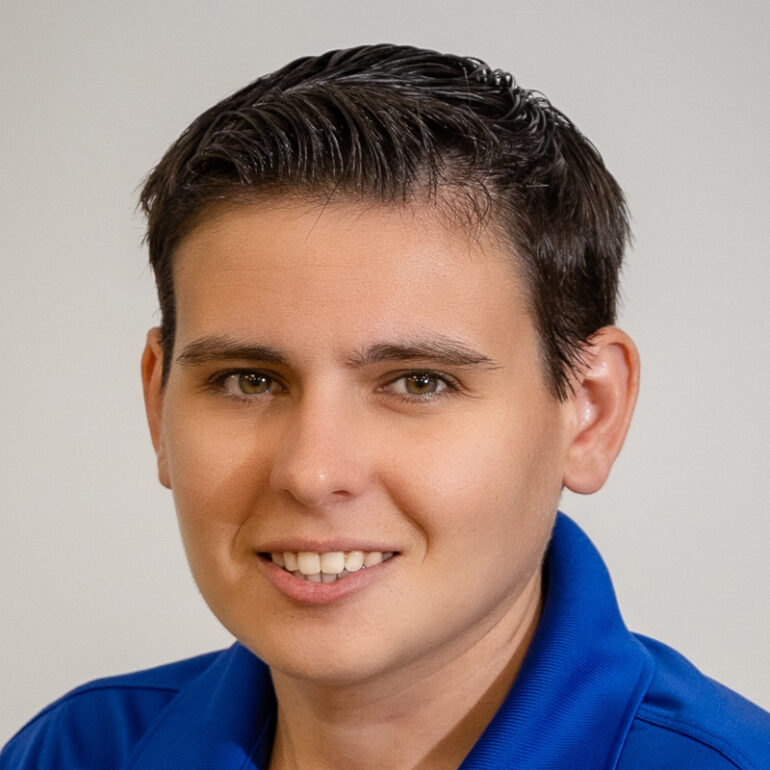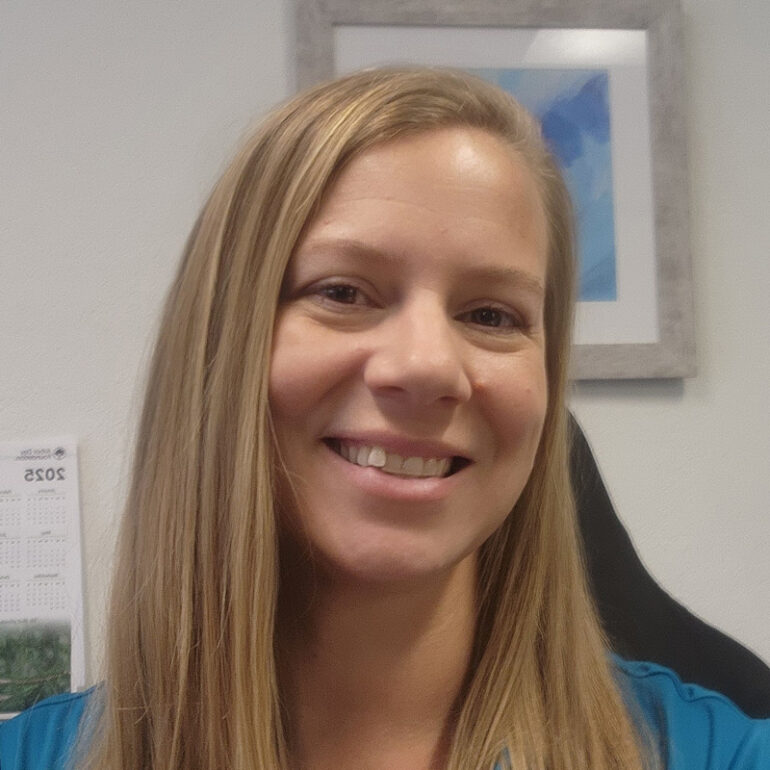The Automation Advantage
Simplify lead nurturing for teams

Automation has become an integral part of our lives, yet its full potential in marketing is still emerging. For many in the pool industry, automation is becoming a valuable tool for efficiency, client care and sales growth.
What is marketing automation?
For Rachael Pritz, vice president of RB Retail & Service Solutions, the benefits are clear.
“Marketing automation refers to the use of software and technology to automate and streamline marketing tasks, such as email campaigns, lead nurturing and customer engagement,” Pritz says. “It helps businesses efficiently manage their marketing efforts by reducing manual tasks and ensuring timely, personalized communication with leads and customers.”
Automation works with manual efforts, prompting sales reps to act based on a lead’s engagement, such as follow-up emails and calls, improving response times and prioritizing tasks.
Efficiency in action
Hugh Smith, general manager of B&B Pool and Spa Center in Chestnut Ridge, New York, has worked on marketing automation with RB Retail & Service Solutions for six years and seen improvements in sales, customer satisfaction and response times.
“First, understand what you want to accomplish and set a goal or target,” Smith says. “Then review current processes and see how they might change with the use of automation. Most should see some, if not a lot of, efficiency opportunities.”
Organizing client care
At GL Pools in San Diego, automation helps streamline service and sales.
“We categorize requests based on service levels, keywords, commercial or residential accounts, history and more,” CEO Austin Gardiner explains. “This helps reduce the friction for our clients since they automatically end up talking to the right people, helping us serve clients more efficiently and communicating our personal touch.”
Automation also plays a role in tracking leads.
“The most effective form of automation we’ve integrated is lead attribution,” Gardiner says. “Our system automatically recognizes the digital path someone took to find us, which helps us verify what is effective or not and at what stage in the process people are likely to lose interest, get confused or run out of time.”
Beyond attribution, GL Pools also relies on automation to strengthen its digital advertising strategy.
“All the algorithms for paid search have come such a long way,” Gardiner says. “Instead of building these features from scratch in-house, we use services that have them built in. Through Google, it’s possible to choose between different bidding models with very direct prompts, such as ‘find me the client that is most likely to need my service’ or ‘find a client that values expertise.’ ”
Using tech without losing touch
While automation powers efficiency, Gardiner is careful about where it’s applied.
“Certain things are best not outsourced to automation,” he says. “An experience with GL Pools is built on mutual trust.”
He avoids automation for first-touch communication, preferring authentic introductions, and notes that the company is still refining its retention strategies.
“We often say, ‘Be curious until you can be confident,’ and right now, we are still working on ‘curious,’ ” Gardiner says.
For him, balance is key.
“Automation should be in place for the things that don’t require heart and soul, and for everything else, you need room to show up for people,” Gardiner says.
Tools and best practices
Radostina Stoycheva, director of performance marketing at Compass Digital, suggests tools like HubSpot and ActiveCampaign, which can be customized to the client’s needs. She recommends having at least 500 contacts to justify using a customer relationship management system and ensure you’re not paying for features you won’t use.
“Once you learn one system, you’re kind of an expert at all of them,” Stoycheva says.
The real advantage, she explains, is ensuring no leads fall through the cracks.
“You have to add a piece of human interaction or else personalization goes out the window,” Stoycheva says. “But the whole point is to ensure that you’re not leaving any leads behind and you’re focusing on the hot leads instead of the cold leads.”
Driving conversions
At Lifestyles Hot Tubs in Fenton, Michigan, CRM specialist Thomas Diardichuk has seen automation lift monthly lead closure rates by nearly 15%.
“The best thing about automation is that you can go at your own speed,” Diardichuk says. “The more comfortable you get with predefined processes and customer responses, the more auto bots you may choose to write. It is totally up to your comfort level.”
Balance over replacement
Scott Johnson, founder and managing director of Normal Bear Media, emphasizes automation should support — not replace — sales.
“The best practice is not to lean totally into the automation,” Johnson says. “You want a little bit more of a personalized experience. We always recommend having a nurture follow-up.”
That means training sales teams to classify prospects and manage pipelines effectively.
“Train and enable your sales team because this is a sales-enablement tool,” Johnson says. “The biggest excuse we hear working with dozens of dealers is that their sales team is not tech-savvy.”
Johnson adds that success should be measured by close rates, email open rates, response times and click rates. Texting and quick videos are also growing trends.
Staying top of mind
For Jamie Burson, president and CEO of Great Bay Spa & Sauna in Portsmouth, New Hampshire, automation has been a staple for nearly a decade.
“We’re constantly looking at ways that we can automate things so that we’re staying at front of mind,” Burson says.
Workflow automation helps his team handle leads based on buying cycles and adjust messaging as needed.
“Anyone not utilizing automation is doing yourself a disservice,” Burson says. “It’s worth every penny. The proof is in the pudding.”






